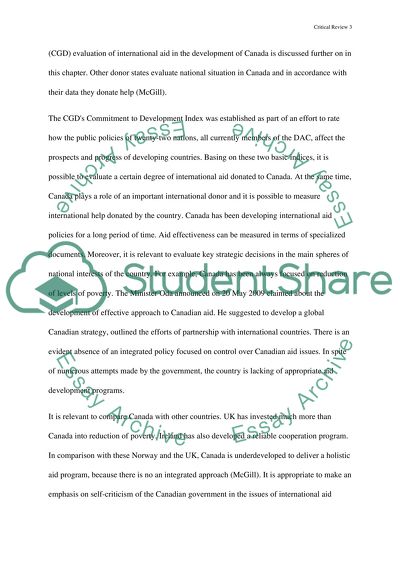Cite this document
(Critical Book Review Literature Example | Topics and Well Written Essays - 1750 words, n.d.)
Critical Book Review Literature Example | Topics and Well Written Essays - 1750 words. https://studentshare.org/literature/1613356-critical-book-review
Critical Book Review Literature Example | Topics and Well Written Essays - 1750 words. https://studentshare.org/literature/1613356-critical-book-review
(Critical Book Review Literature Example | Topics and Well Written Essays - 1750 Words)
Critical Book Review Literature Example | Topics and Well Written Essays - 1750 Words. https://studentshare.org/literature/1613356-critical-book-review.
Critical Book Review Literature Example | Topics and Well Written Essays - 1750 Words. https://studentshare.org/literature/1613356-critical-book-review.
“Critical Book Review Literature Example | Topics and Well Written Essays - 1750 Words”. https://studentshare.org/literature/1613356-critical-book-review.


